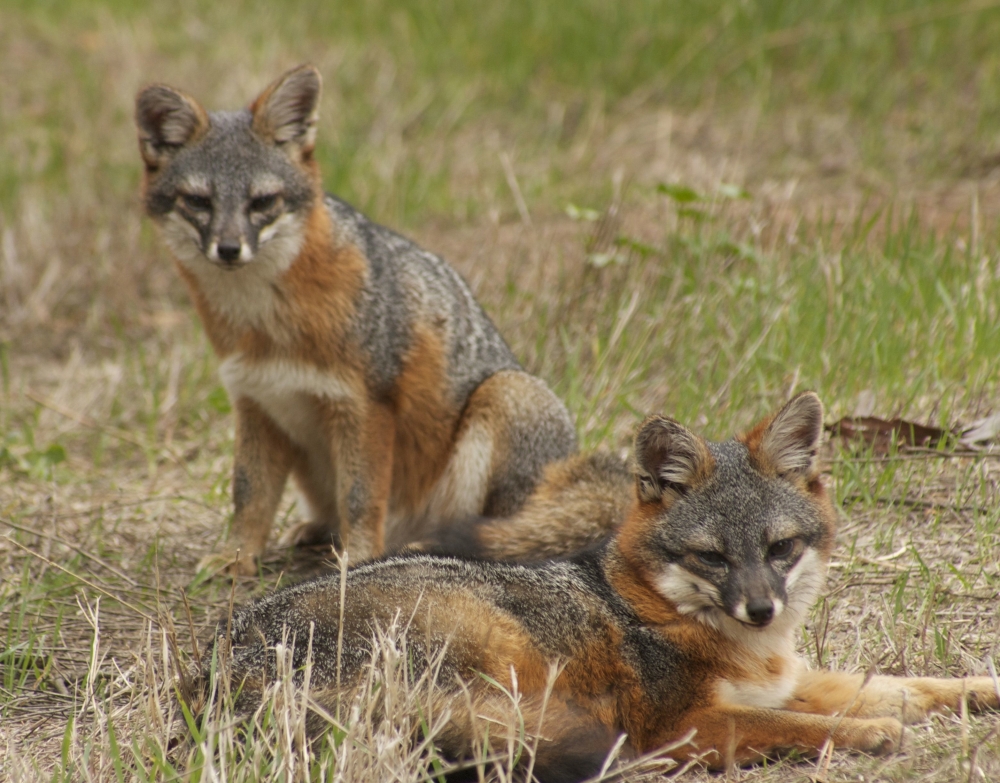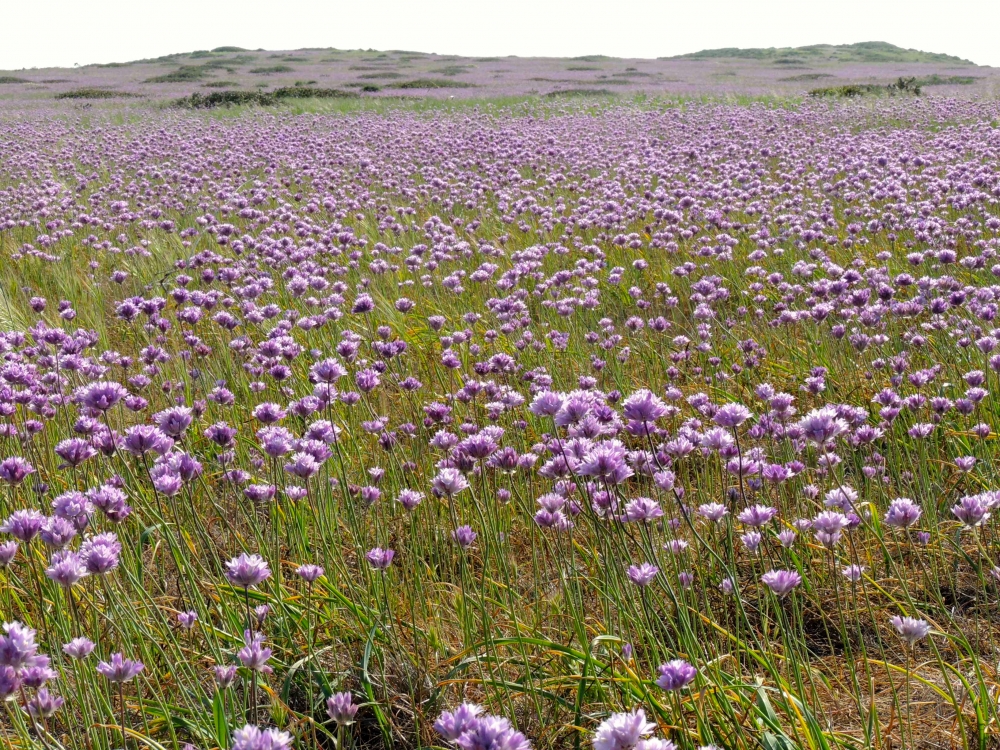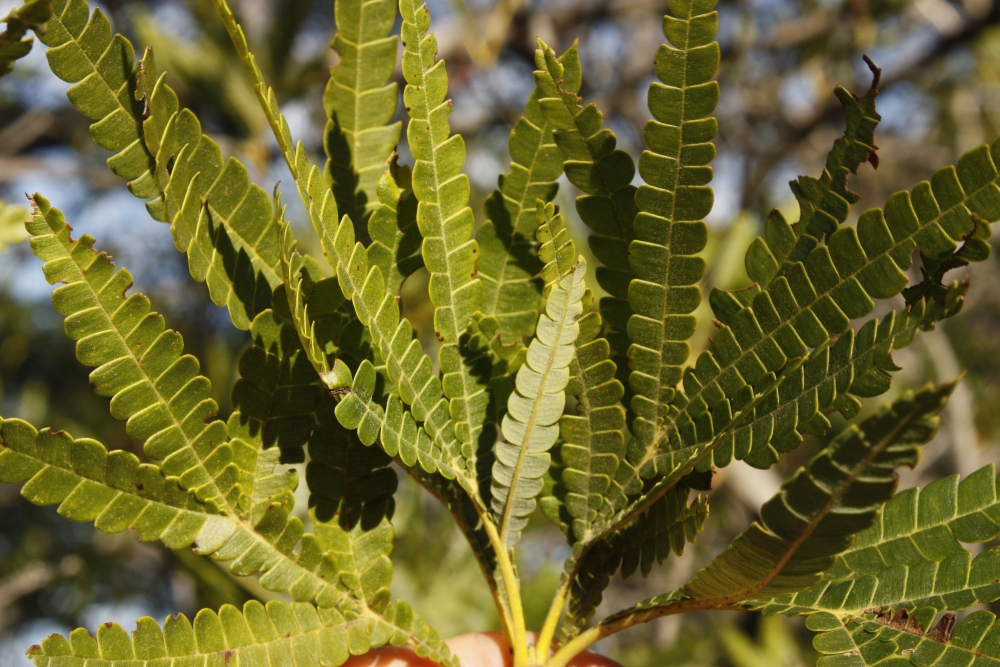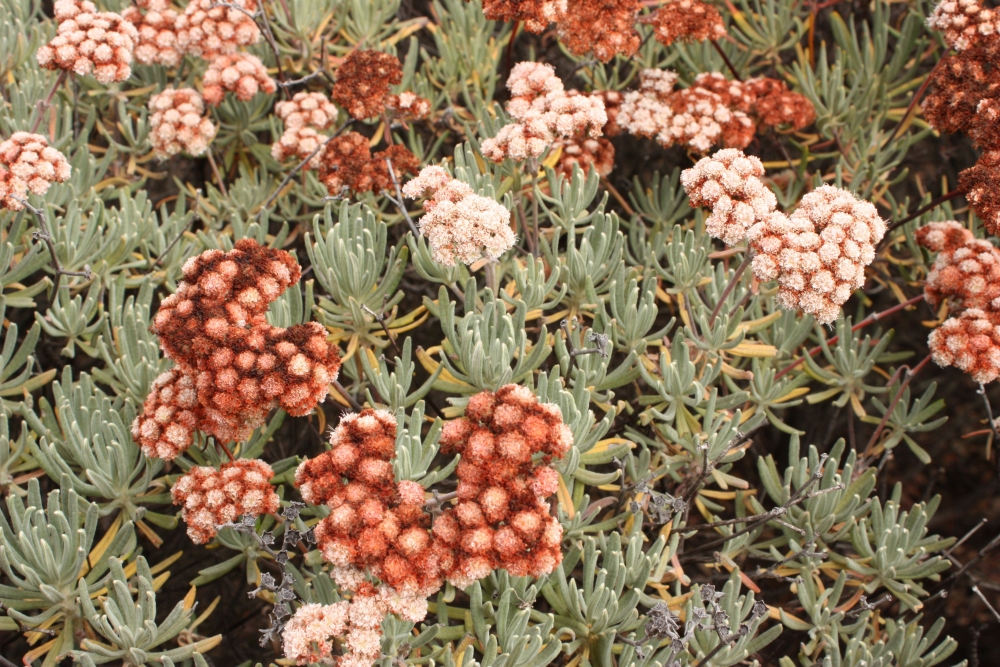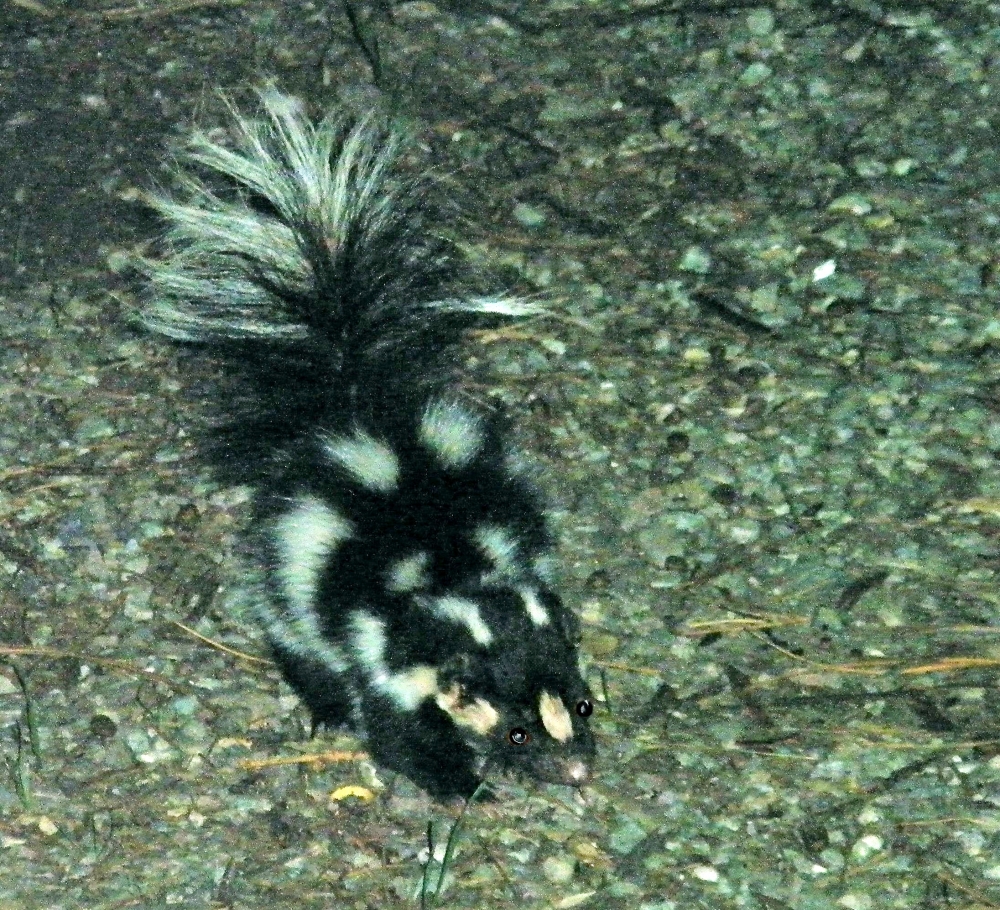The Power of Interdisciplinary Research
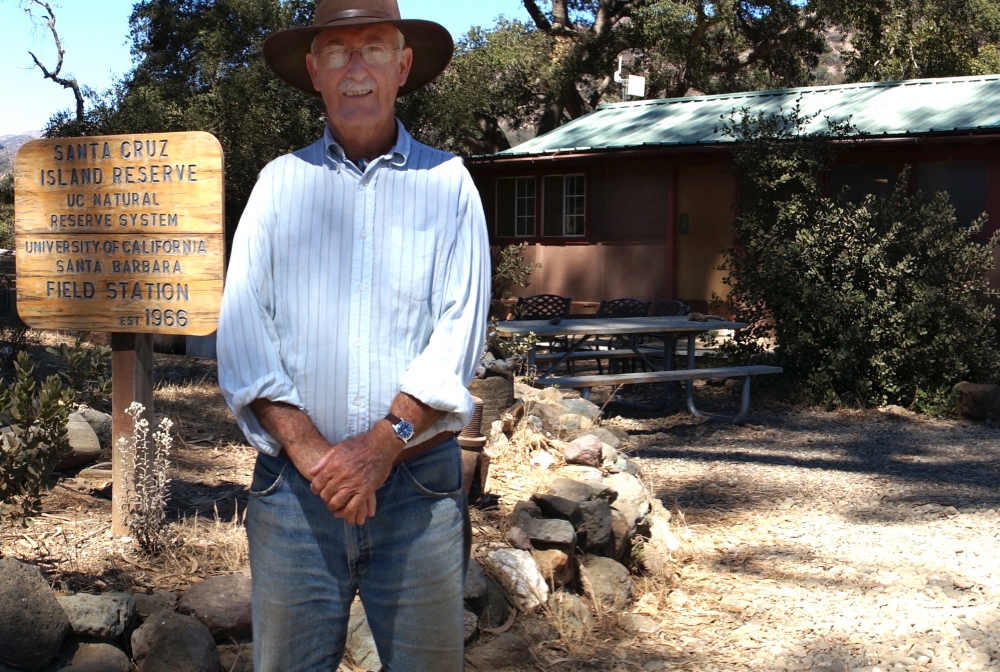
Sometimes in order to plan for the future, you have to look to the past. That is what more than two dozen scientists from across the United States did when they met at UC Santa Barbara two years ago to participate in the Channel Islands Bio-cultural Diversity Working Group.
The group’s goal was to use historical ecology — research that focuses on the interactions between humans and their environment over long periods of time, typically over the course of centuries — to demonstrate the importance of interdisciplinary research. They employed this approach in order to improve their understanding of long-term changes in island ecology and biodiversity and to assist conservation biologists in guiding ecosystem management. The results of their research project are published in the current issue of the journal BioScience.
Using California’s Channel Islands as a model system, the group’s analysis spans approximately 20,000 years from before human occupation through Native American hunter-gatherers, commercial ranchers and fishers, the United States military and other land managers. The Channel Islands encompass eight land masses, ranging from Catalina Island in the south to San Miguel Island in the north.
The main point of the findings is that all of this history can be used to inform the future. “The trends show that we are moving into a period of climate change,” said Lyndal Laughrin, director of the Santa Cruz Island Reserve. “So how do we take the past and what the present is telling us and prepare for the future? I think it’s important that we are connecting the past to the future using a multidisciplinary outcome.”
Co-owned by the National Park Service and the Nature Conservancy, Santa Cruz is the largest of the Channel Islands. The reserve is one of 39 in the University of California’s Natural Reserve System.
“The distant past had a whole different regime with larger islands due to a lower sea level and more forestation as a result of a cooler climate,” Laughrin added. “The more recent historical past was influenced by agriculture and ranching, which changed the islands, and now the changeover from private ownership as well as economic pressures have turned the focus to conservation and restoration efforts.”
Because of their relative isolation, islands make an ideal model to study. While the Channel Islands are not as remote as Hawaii or the Galapagos Islands, they nonetheless provide examples of endemics, species unique to a defined geographic location.
Endemics occur in two different ways. Some are the result of species getting out to islands but dying elsewhere, often due to climate change and loss of habitat. Others are the result of a species losing its connection to the original population so that genetic interaction ceases. The isolated species then evolves with a genetic difference that renders it unique.
Today, the Channel Islands are host to 10 endemic island mammal subspecies, including the spotted skunk found on Santa Cruz and Santa Rosa islands and different subspecies of island fox found on all of the Channel Islands except Anacapa and Santa Barbara islands. Of the 271 endemic plant taxa, 44 are single-island endemics and 37 are endemic on the four northern islands — Anacapa, Santa Cruz, Santa Rosa and San Miguel.
According to the researchers, in addition to this natural selection process, climate change and human disturbances have contributed to the current degradation of Channel Island ecosystems. While the need for restoration may be clear, how to go about achieving it is not.
“The strength of this research is the idea of how this whole interaction between the natural world and the human world is built on the past,” Laughrin concluded. “Our job now as conservationists is to combine what we have now with what we need to do, incorporating an increasing human population and anticipated climatic change.”
